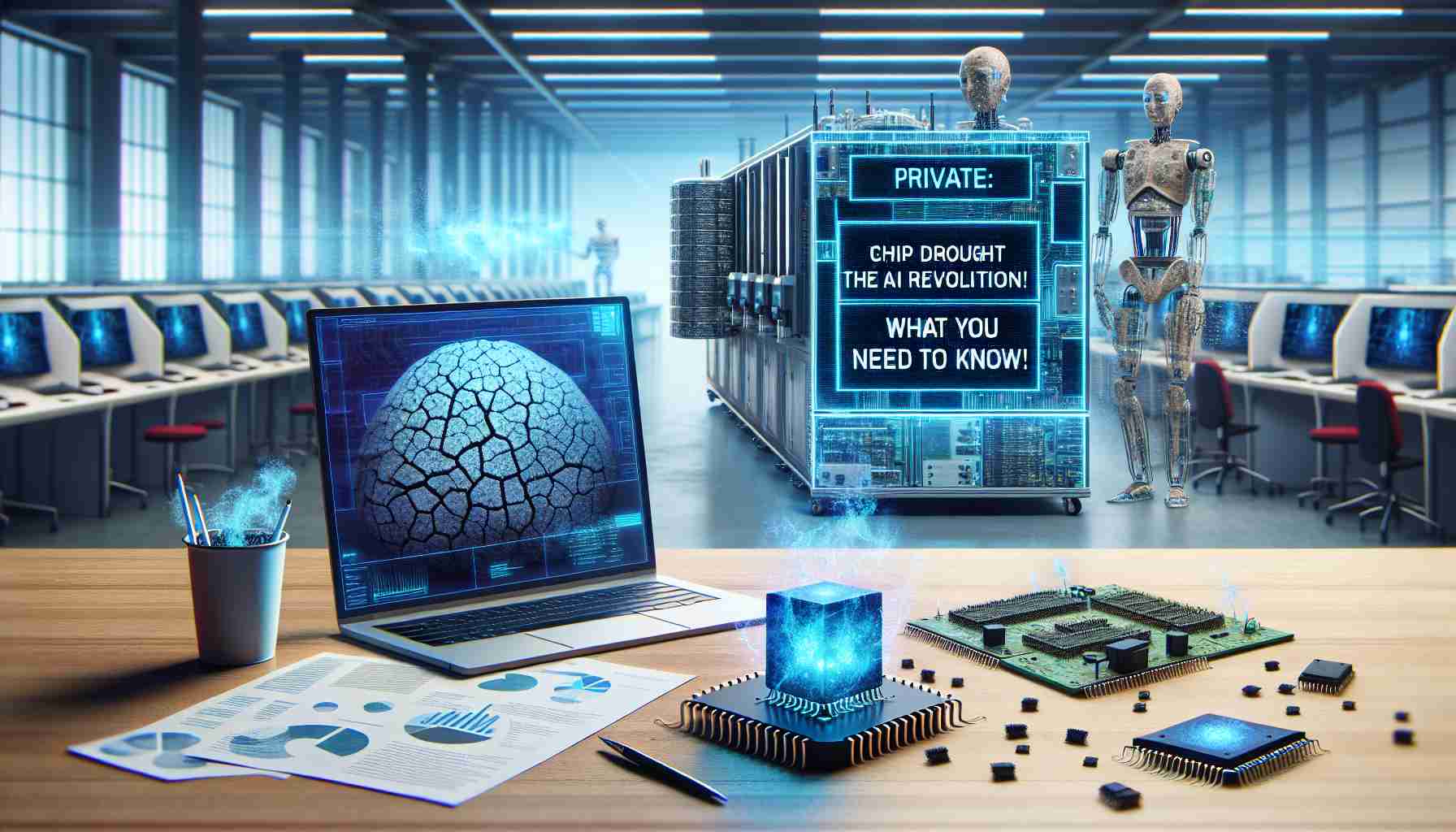The Intersection of Hardware and Software in AI
Welcome back to the world of technology! Lately, a fascinating exploration of how the blooming field of artificial intelligence (AI) intertwines with hardware advancements has captured attention. After a period of reflection, a renewed focus on AI research is on the horizon.
The ongoing evolution of AI is driven by two pivotal factors: the global chip shortages sparked by the COVID-19 pandemic and remarkable advancements in software by entities like OpenAI. This convergence is reshaping the landscape of generative AI.
The Economic Landscape of Chip Manufacturing
Chip production, the backbone of modern technology, faced severe disruptions. Prior to the pandemic, reliance on East Asian supply chains exhibited vulnerabilities that became glaringly obvious. The fallout from COVID-19 catalyzed the CHIPS and Science Act, aimed at bolstering domestic semiconductor manufacturing to mitigate future risks.
Building chip manufacturing plants, or “fabs,” requires immense resources and expertise. These facilities demand precision akin to erecting skyscrapers, as the structural integrity must withstand rigorous operational standards. Remarkably, it takes several months to create new chip batches, highlighting the industry’s complexity and time consumption.
The Political Ramifications
The pandemic exacerbated existing geopolitical tensions, revealing the powers held by Asian semiconductor manufacturing. This dependence prompted a reevaluation of global supply chain strategies, as increased demand for electronics during lockdown boosted requests, which, unfortunately, could not be met due to preceding cuts in chip orders.
All these factors paint a picture of an intricate industry experiencing a transformative and challenging period due to unforeseen global events and technological advancements.
The Symbiosis of Hardware and Software: Revolutionizing AI Development
The Intersection of Hardware and Software in AI
The world of artificial intelligence (AI) is currently experiencing a transformative era, deeply intertwined with advancements in hardware. This synergy is not just reshaping how AI operates but also influencing the global economic and political landscapes surrounding technology and manufacturing.
Pros and Cons of Hardware and Software Integration in AI
Pros:
– Increased Efficiency: The combination of advanced hardware like GPUs and TPUs with sophisticated AI software leads to faster processing times and enhanced performance.
– Cost-Effectiveness: Investing in integrated hardware-software solutions can reduce operational costs by optimizing power consumption and improving data processing capabilities.
– Enhanced Capabilities: As software becomes more robust, hardware can utilize improved algorithms, resulting in innovative applications across various sectors, from healthcare to finance.
Cons:
– Dependency on Supply Chains: The intricate relationship between hardware and software makes AI projects vulnerable to disruptions in the semiconductor supply chain, as evidenced by recent global events.
– High Initial Costs: Developing cutting-edge hardware is resource-intensive, making it a significant investment for startups and smaller companies.
Use Cases of AI-Hardware Integration
– Healthcare: AI models trained on advanced hardware can analyze medical images more accurately and quickly, significantly aiding in diagnostics and treatment planning.
– Autonomous Vehicles: The processing demands of real-time data collection and analysis in self-driving cars require advanced hardware, which works seamlessly with AI algorithms.
– Smart Home Devices: AI functionalities in devices like smart speakers and security systems rely heavily on the latest hardware advancements to ensure efficient operation and data security.
Limitations and Challenges
While the integration of AI with advanced hardware creates a multitude of opportunities, several limitations persist:
– Latency Issues: High-performance hardware can sometimes struggle with latency, especially in real-time applications.
– Security Concerns: The co-dependence of hardware and software increases vulnerability to cyber-attacks, necessitating robust security measures.
– Sustainability Issues: The environmental impact of semiconductor manufacturing and energy-intensive AI operations raises concerns about sustainability.
Specifications and Innovations
Recent innovations in hardware for AI include:
– Chips Designed for AI: Companies like NVIDIA and Google have released specialized chips (e.g., GPUs, TPUs) designed to accelerate AI computations, significantly reducing training times for complex models.
– Quantum Computing: Emerging quantum technologies promise to handle computations at previously unimaginable speeds, potentially revolutionizing AI data processing abilities.
Market Analysis and Future Trends
The shift towards localized semiconductor manufacturing in light of recent global events, such as the CHIPS Act, signals a growing trend toward self-sufficiency in technology production. This strategic move is anticipated to:
– Boost Local Economies: Investment in domestic semiconductor production facilities can create jobs and foster innovation.
– Increase Competition: As more players enter the hardware manufacturing space, competition will likely enhance the overall quality and affordability of AI solutions.
Predictions for AI and Hardware Integration
Looking ahead, experts predict:
– Further Convergence: The relationship between hardware and software will deepen, leading to more tailored solutions for specific industries.
– Wider Adoption of AI Technologies: As hardware becomes more accessible and efficient, expect broader adoption of AI across various sectors, enhancing operational efficiencies globally.
– Continued Evolution: As AI algorithms grow in complexity, the demand for powerful hardware will surge, driving innovation in both realms.
For more insights on technology and innovation, visit TechCrunch.
